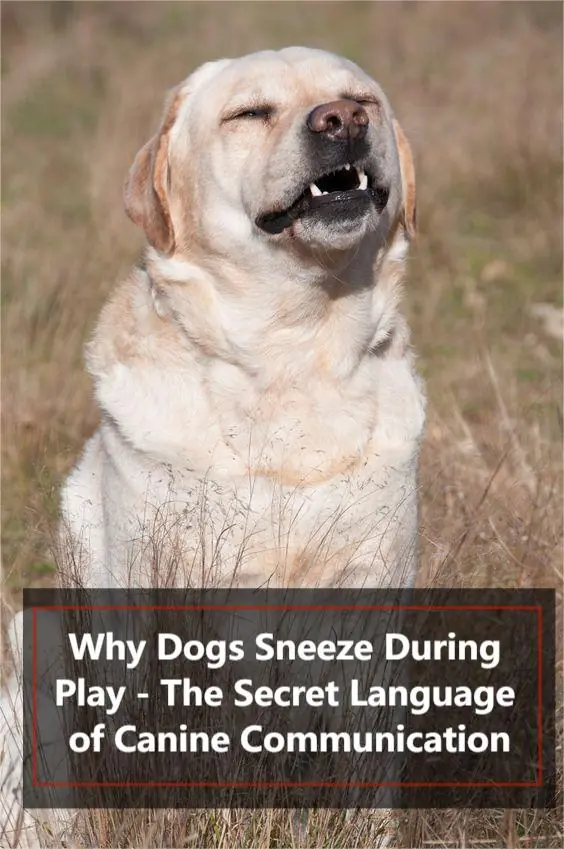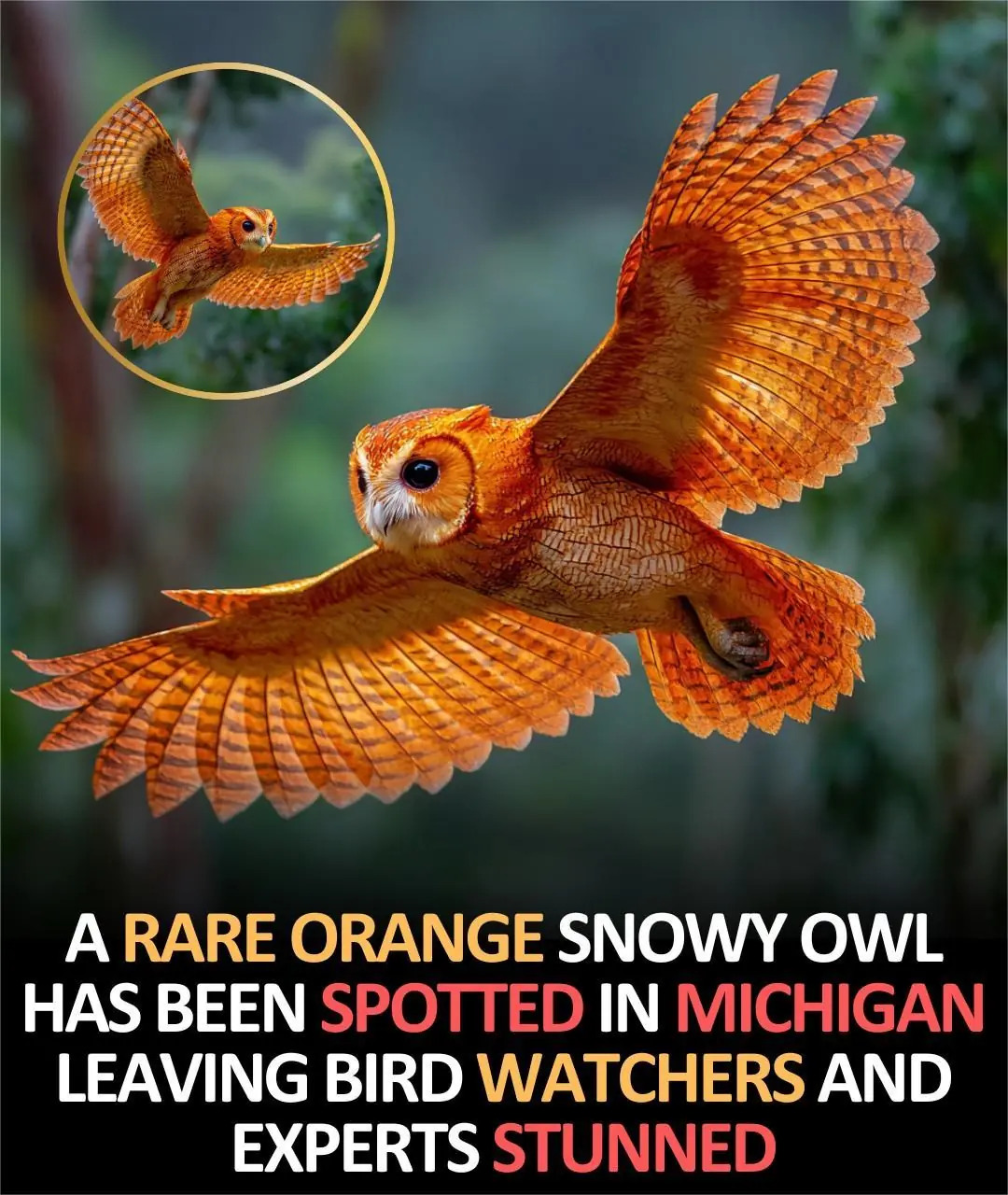
Why Dogs Sneeze During Play: The Secret Language of Canine Communication
Dog owners often witness their furry companions sneezing while playing, especially during moments of excitement or roughhousing. While it might appear that something is irritating their nose, this behavior actually has a deeper, more fascinating meaning. Experts in animal behavior have identified this type of sneezing as a “calming signal”—a nonverbal way dogs communicate friendliness and avoid conflict during social interactions.
What Is a Calming Signal?
The term calming signal was coined by Norwegian dog trainer and behaviorist Turid Rugaas. It refers to a set of body language cues that dogs use to communicate their emotional state, ease tension, and avoid aggression. These signals include yawning, licking lips, turning the head away, and yes—even sneezing.
When a dog sneezes during play, it’s not because of dust or allergies. Rather, it’s a way of saying, “This is just fun,” or “I’m not trying to hurt you.” It's especially common in high-energy play sessions where roles may switch rapidly between chasing and being chased. The sneeze helps reset the energy and signals that everything remains friendly.
Why Sneezing Works as a Signal
Unlike growling or barking—which can sometimes escalate tensions—sneezing is subtle and non-threatening. It’s a natural, involuntary motion that dogs have learned to associate with diffusing intense situations. When one dog sneezes, others often respond by relaxing or backing off slightly, confirming the peaceful intent.
Sneezing during play is also more common in certain breeds, particularly those with shorter snouts (like pugs or bulldogs), but even large breeds such as Labradors or Golden Retrievers frequently use this behavior during interactions.
What It Means for Pet Owners
Understanding calming signals like sneezing can help pet owners better interpret their dog’s behavior. Instead of worrying that your dog is sick or uncomfortable, recognizing this sneeze as a friendly gesture helps you appreciate the nuanced social intelligence of your pet.
It’s also helpful when introducing your dog to new playmates. If you notice frequent sneezing, it’s usually a good sign—they’re just trying to keep the play fair and light-hearted.
The Bigger Picture: Dogs as Social Animals
Dogs are deeply social creatures with rich communication skills. Their ability to send and receive subtle signals helps them maintain harmony within groups and avoid unnecessary conflict. Sneezing is just one tool in their broad emotional vocabulary, but it's a charming and often overlooked one.
So the next time you hear your pup let out a playful sneeze mid-wrestle or chase, smile—it’s just their way of saying, “All in good fun!”
Dog owners often witness their furry companions sneezing while playing, especially during moments of excitement or roughhousing. While it might appear that something is irritating their nose, this behavior actually has a deeper, more fascinating meaning. Experts in animal behavior have identified this type of sneezing as a “calming signal”—a nonverbal way dogs communicate friendliness and avoid conflict during social interactions.
What Is a Calming Signal?
The term calming signal was coined by Norwegian dog trainer and behaviorist Turid Rugaas. It refers to a set of body language cues that dogs use to communicate their emotional state, ease tension, and avoid aggression. These signals include yawning, licking lips, turning the head away, and yes—even sneezing.
When a dog sneezes during play, it’s not because of dust or allergies. Rather, it’s a way of saying, “This is just fun,” or “I’m not trying to hurt you.” It's especially common in high-energy play sessions where roles may switch rapidly between chasing and being chased. The sneeze helps reset the energy and signals that everything remains friendly.
Why Sneezing Works as a Signal
Unlike growling or barking—which can sometimes escalate tensions—sneezing is subtle and non-threatening. It’s a natural, involuntary motion that dogs have learned to associate with diffusing intense situations. When one dog sneezes, others often respond by relaxing or backing off slightly, confirming the peaceful intent.
Sneezing during play is also more common in certain breeds, particularly those with shorter snouts (like pugs or bulldogs), but even large breeds such as Labradors or Golden Retrievers frequently use this behavior during interactions.
What It Means for Pet Owners
Understanding calming signals like sneezing can help pet owners better interpret their dog’s behavior. Instead of worrying that your dog is sick or uncomfortable, recognizing this sneeze as a friendly gesture helps you appreciate the nuanced social intelligence of your pet.
It’s also helpful when introducing your dog to new playmates. If you notice frequent sneezing, it’s usually a good sign—they’re just trying to keep the play fair and light-hearted.
The Bigger Picture: Dogs as Social Animals
Dogs are deeply social creatures with rich communication skills. Their ability to send and receive subtle signals helps them maintain harmony within groups and avoid unnecessary conflict. Sneezing is just one tool in their broad emotional vocabulary, but it's a charming and often overlooked one.
So the next time you hear your pup let out a playful sneeze mid-wrestle or chase, smile—it’s just their way of saying, “All in good fun!”
News in the same category

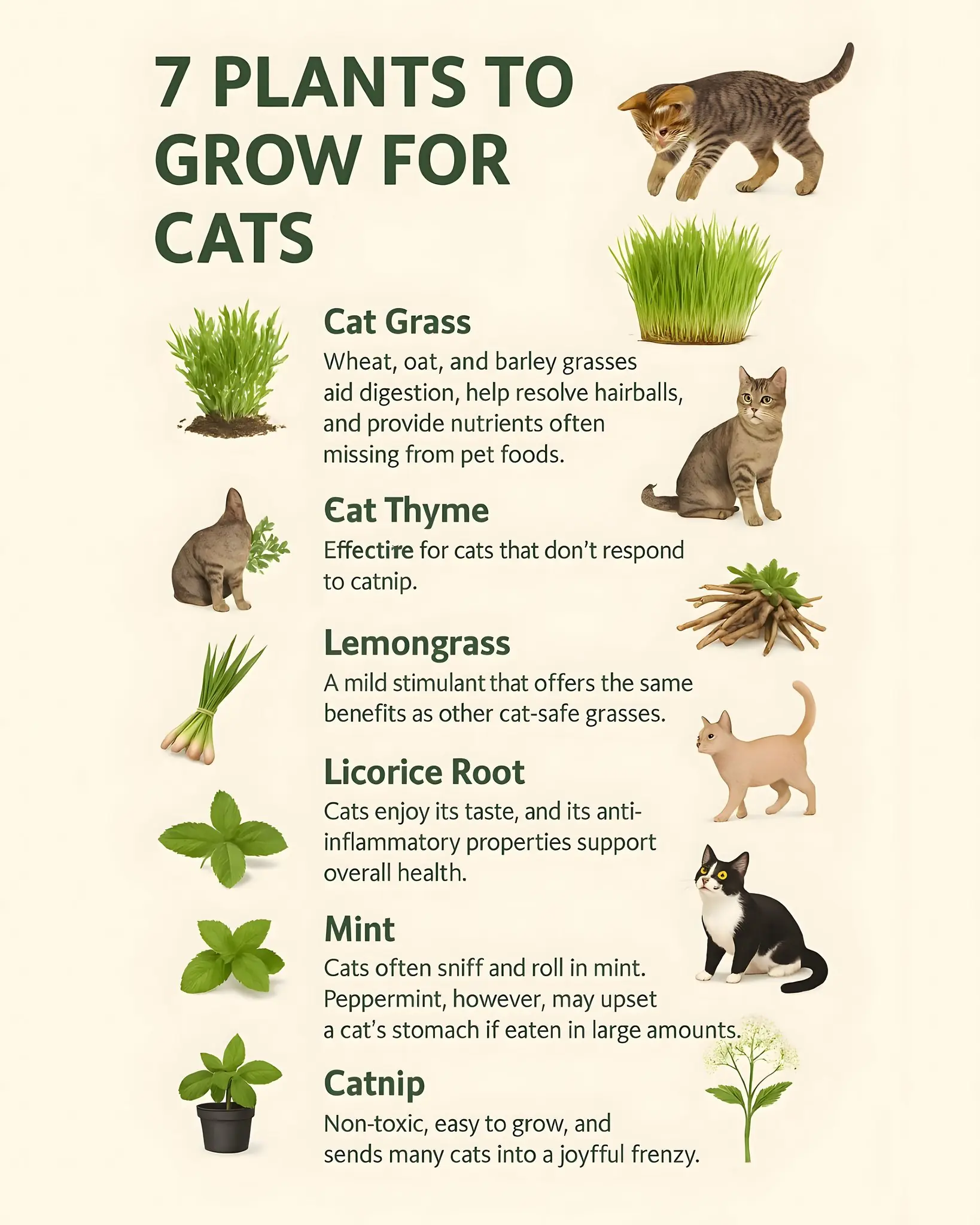
7 Beneficial Plants Every Cat Owner Should Grow
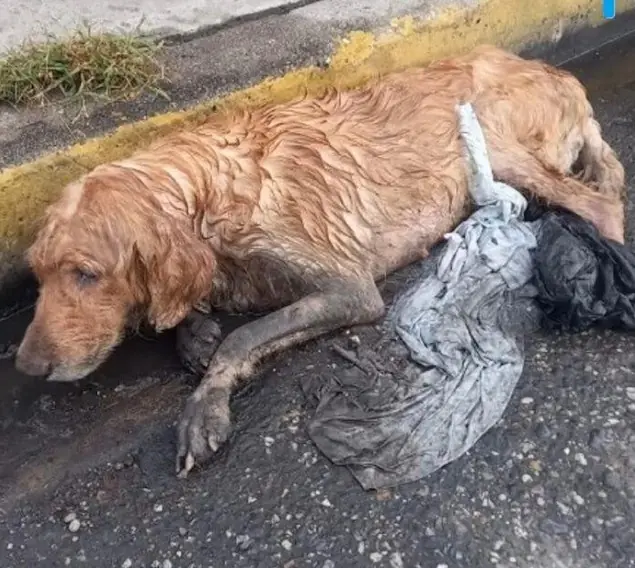
Street Rescue Transforms Abandoned Dog Polly into a Vibrant, Happy Companion

Apparently, Our Dogs Cry When We Come Home, Study Suggests
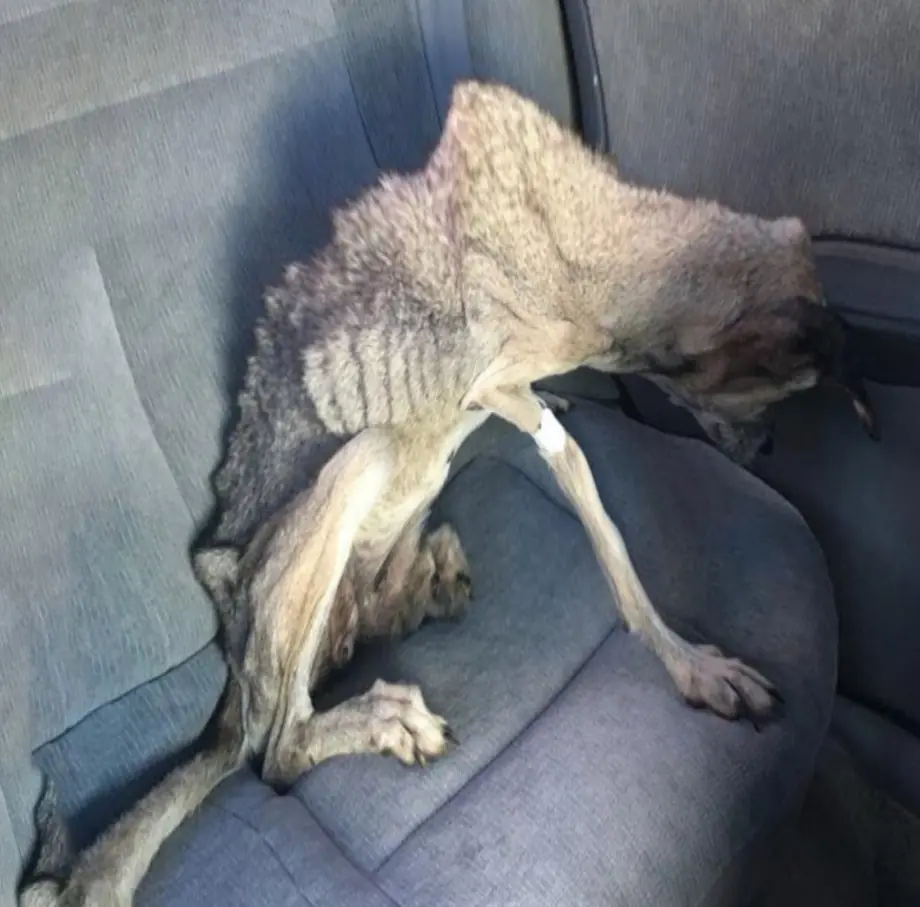
Neglected Dog Prince Finds Hope and Healing Thanks to Rescue and Compassionate Care
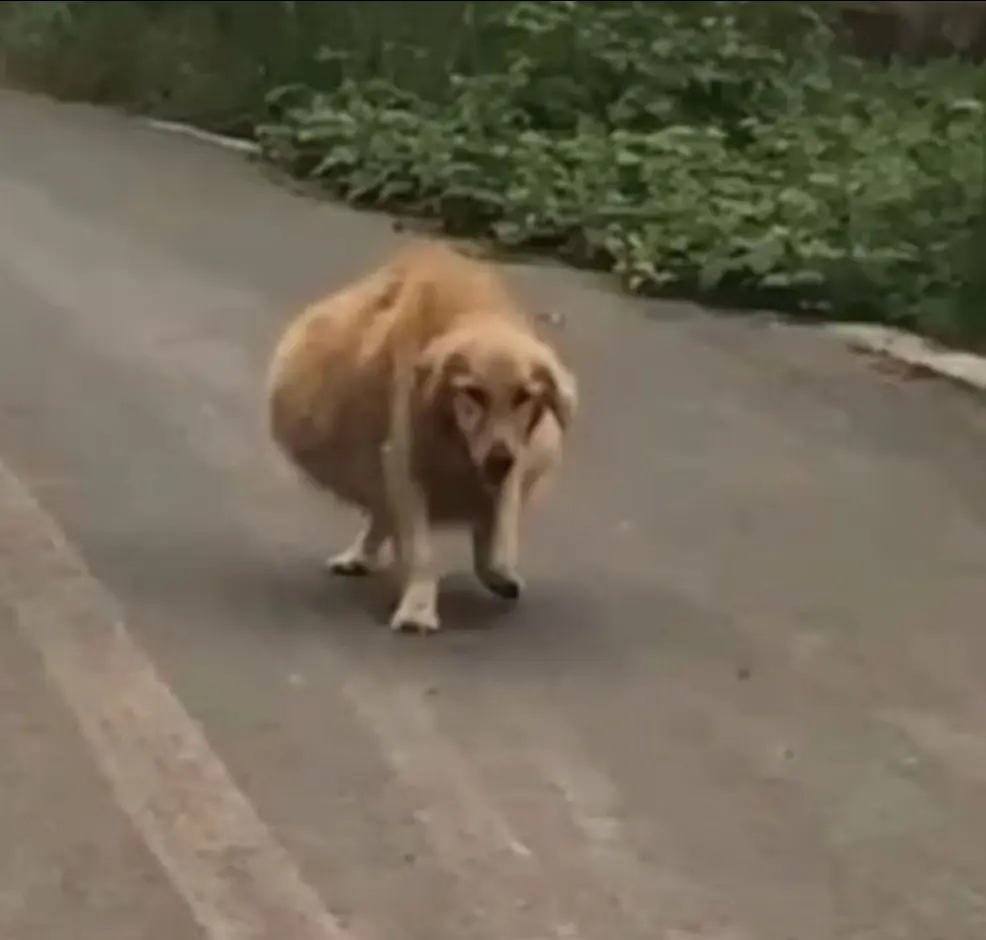
Nona’s Journey: From Abandonment to a Loving Family

Maintenance worker finds starving dog and rushes to help: when vet lifts its paw, tears flow
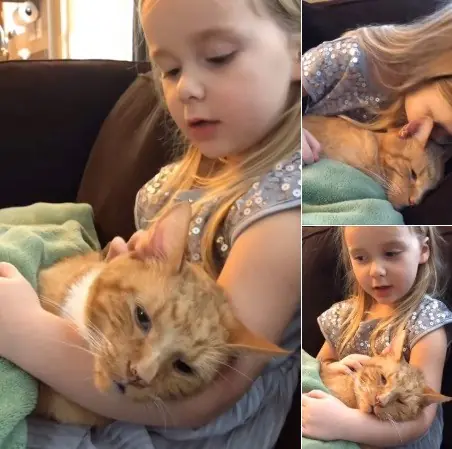
Little girl emotionally sings ‘You Are My Sunshine’ to dying cat
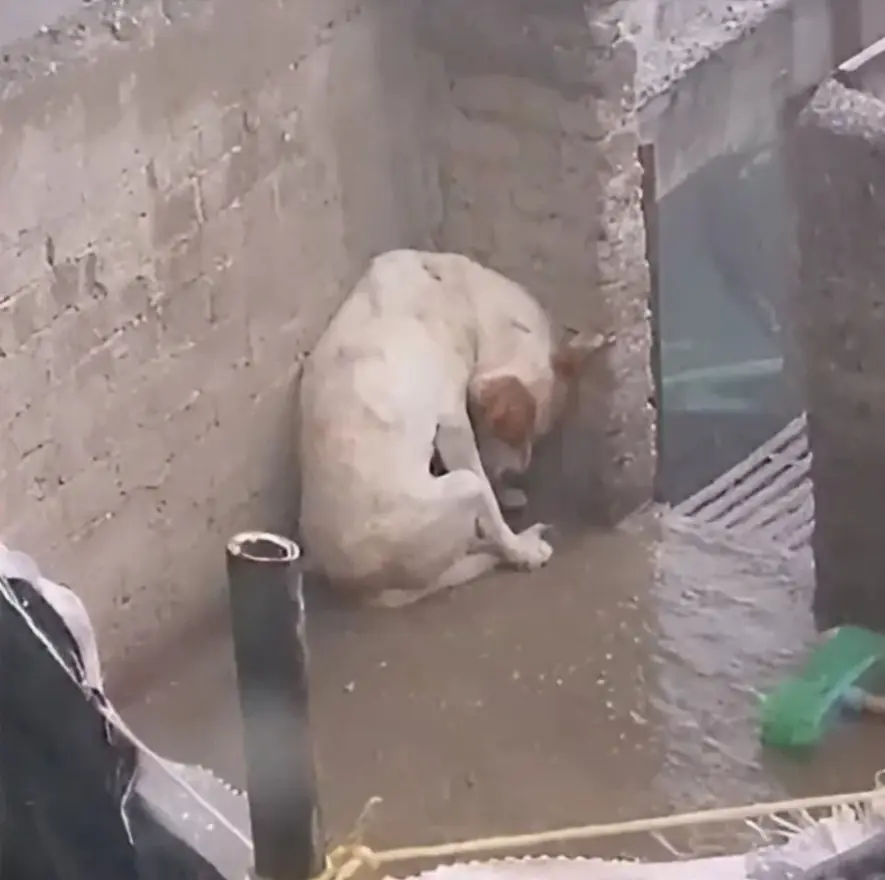
Dog Rescued After Being Left Chained Outside in Torrential Rain
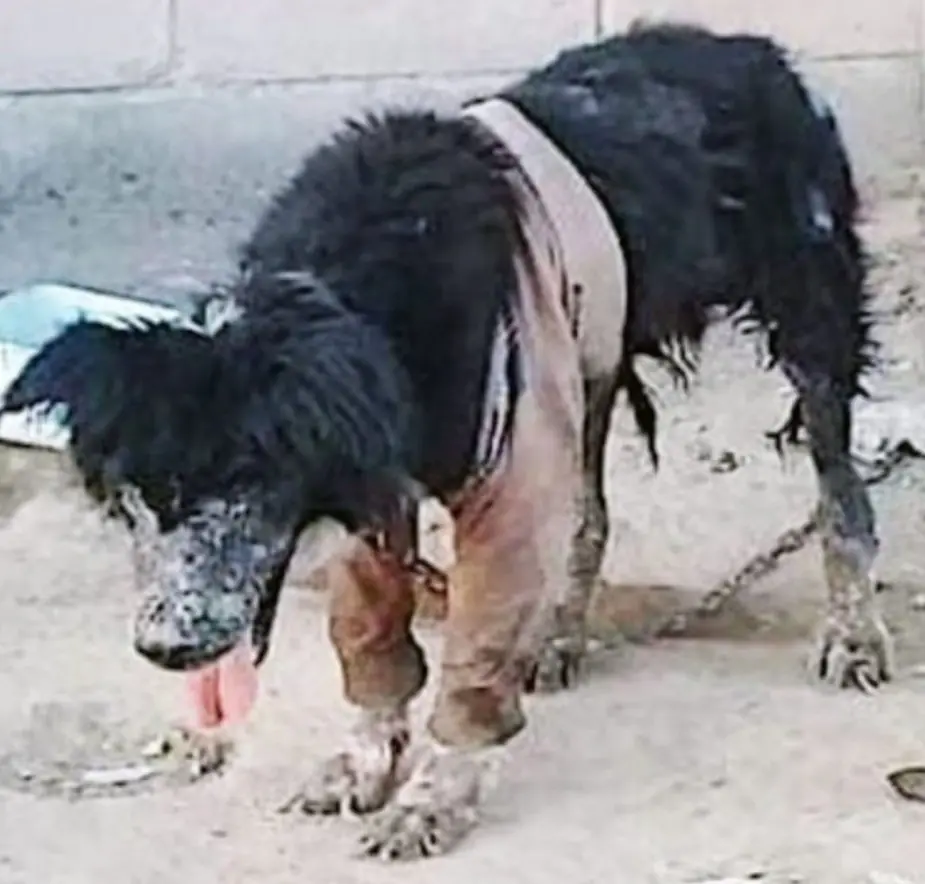
Shotley’s Journey: From Neglect to a Loving Home
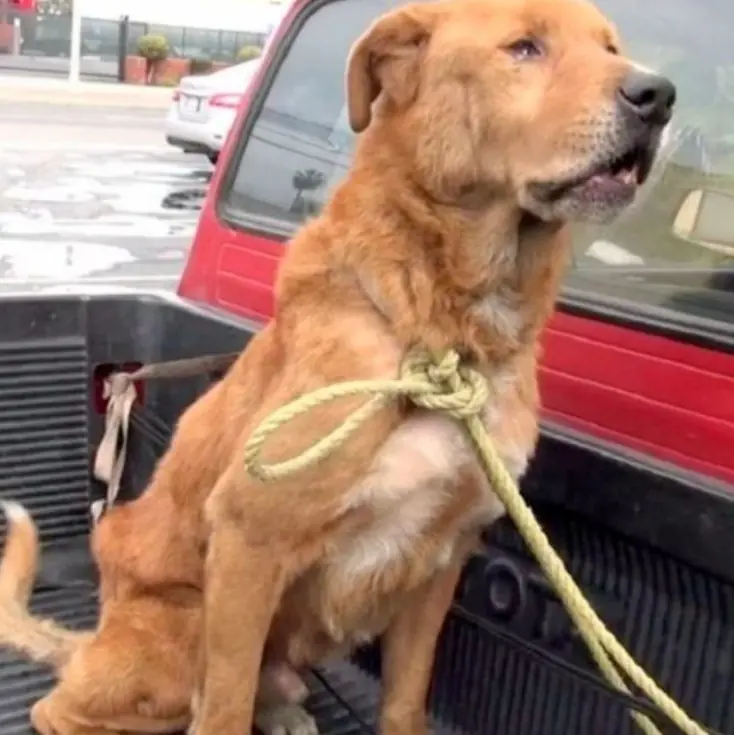
Sᴇɴɪᴏʀ Dog Aʙᴀɴᴅᴏɴᴇᴅ By His Family Was Found Begging For Food On Street
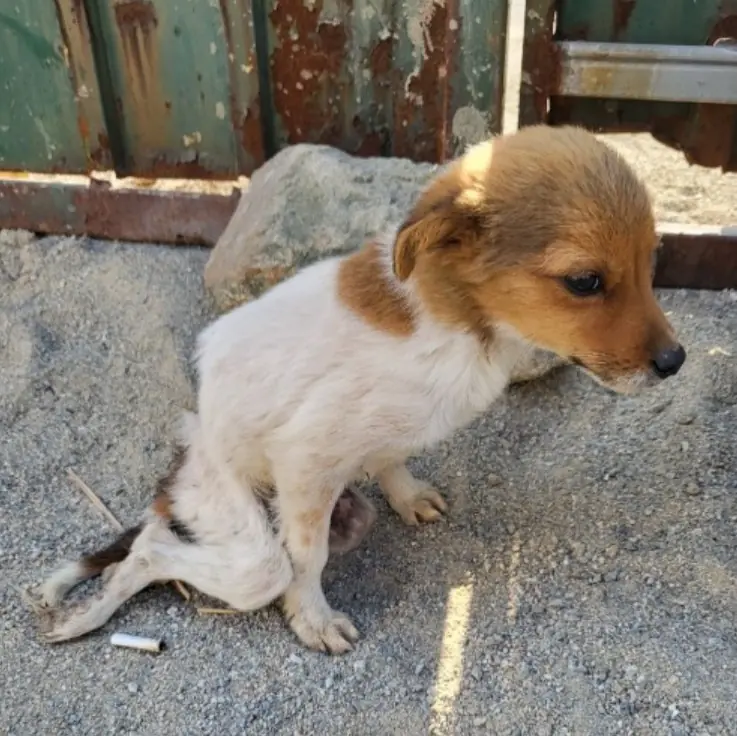
Rescued: Lost Dog with Bambi’s Innocence Melts Hearts with His Fragile Demeanor

Sad pup separated from cow who raised him – camera captures tear jerking moment they reunite again
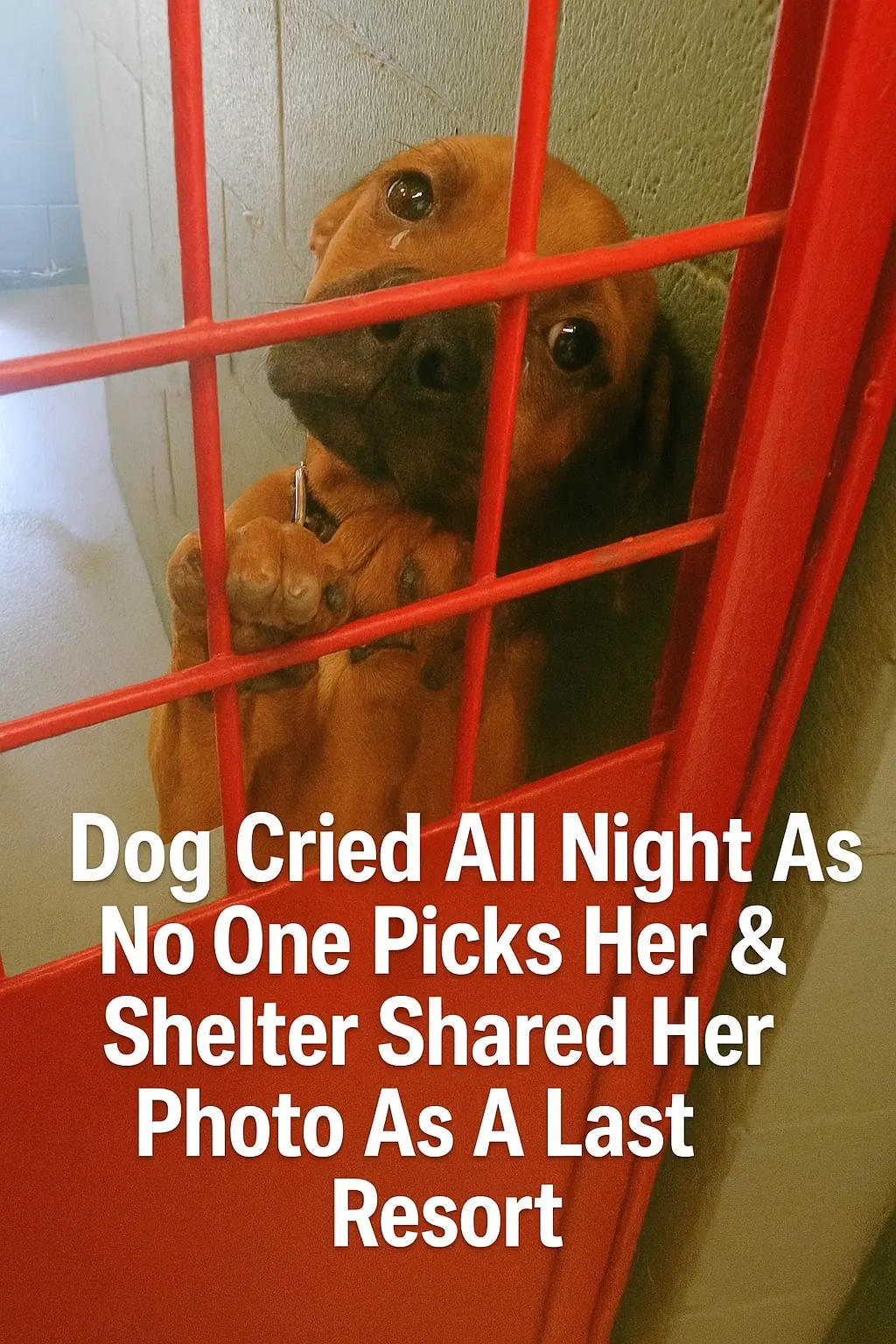
Dog waiting to be adopted ‘cries’ every night – shelter posts sad photo as one last hope
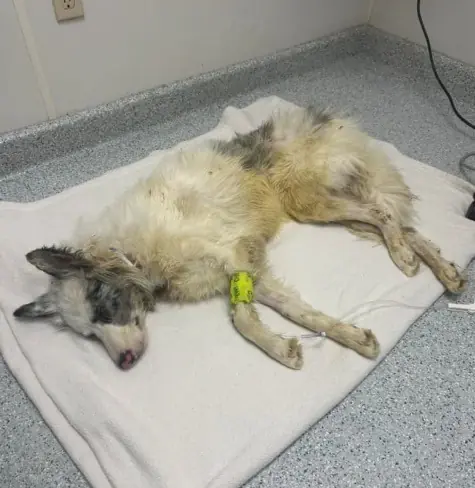
Blind, epileptic dog was found in box, thought to be dead — but now he’s made an incredible recovery
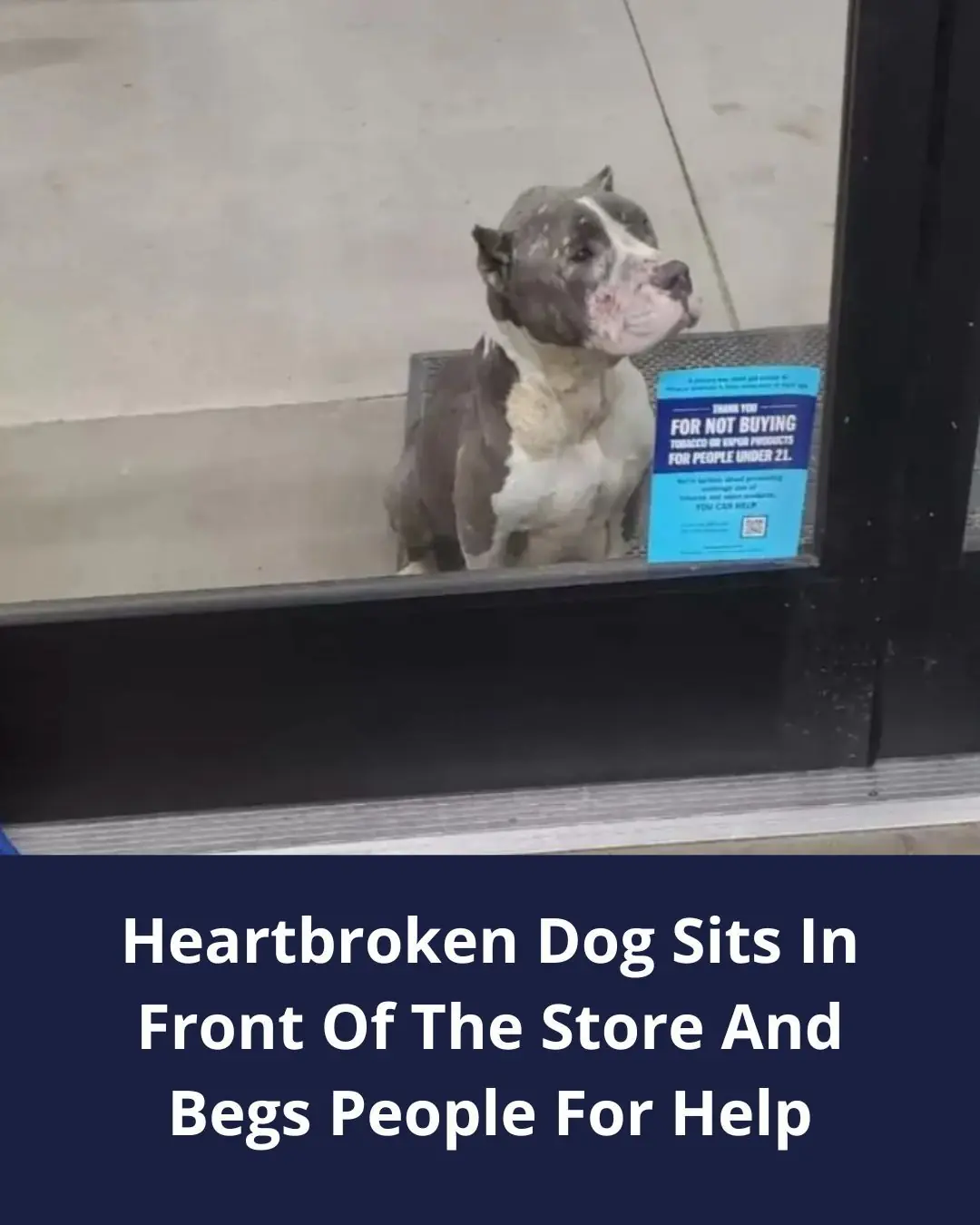
Dog refuses to leave storefront, desperately waits for help
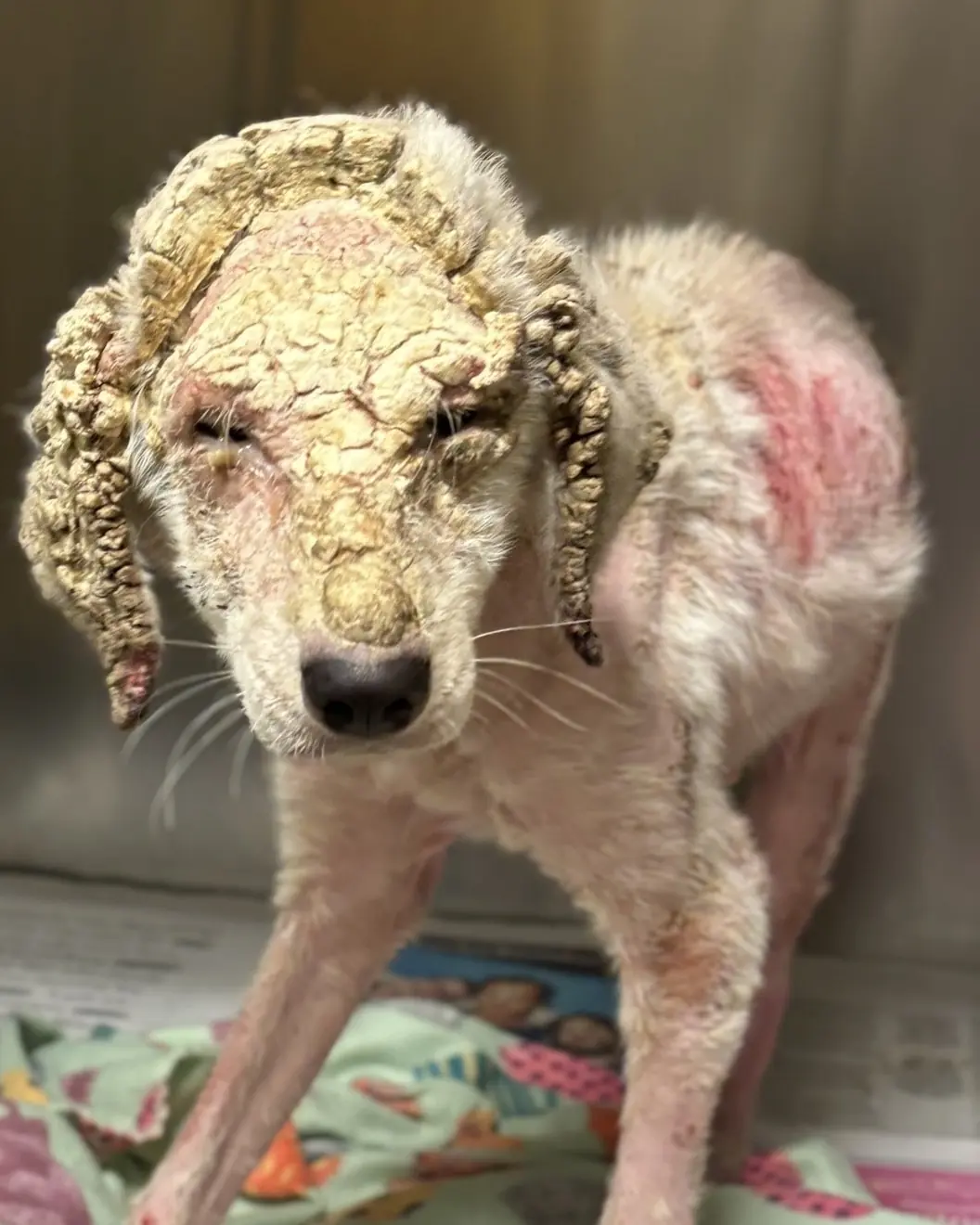
Neglected dog found with matted fur, dry skin transforms after finally getting love
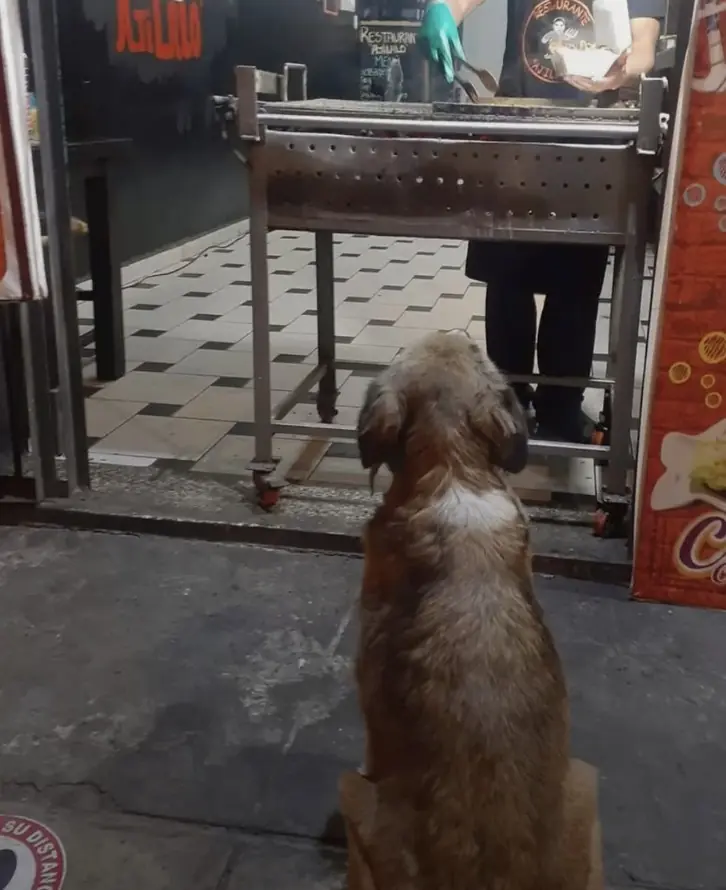
Restaurant prepares free meal to every stray dog who visits
News Post

About 15 Minutes Before a Stroke, the Body Often Sends 4 Clear Warning Signs — Call Your Loved Ones Immediately

Hidden Dangers in Your Mouth: Early Signs of Oral Cancer
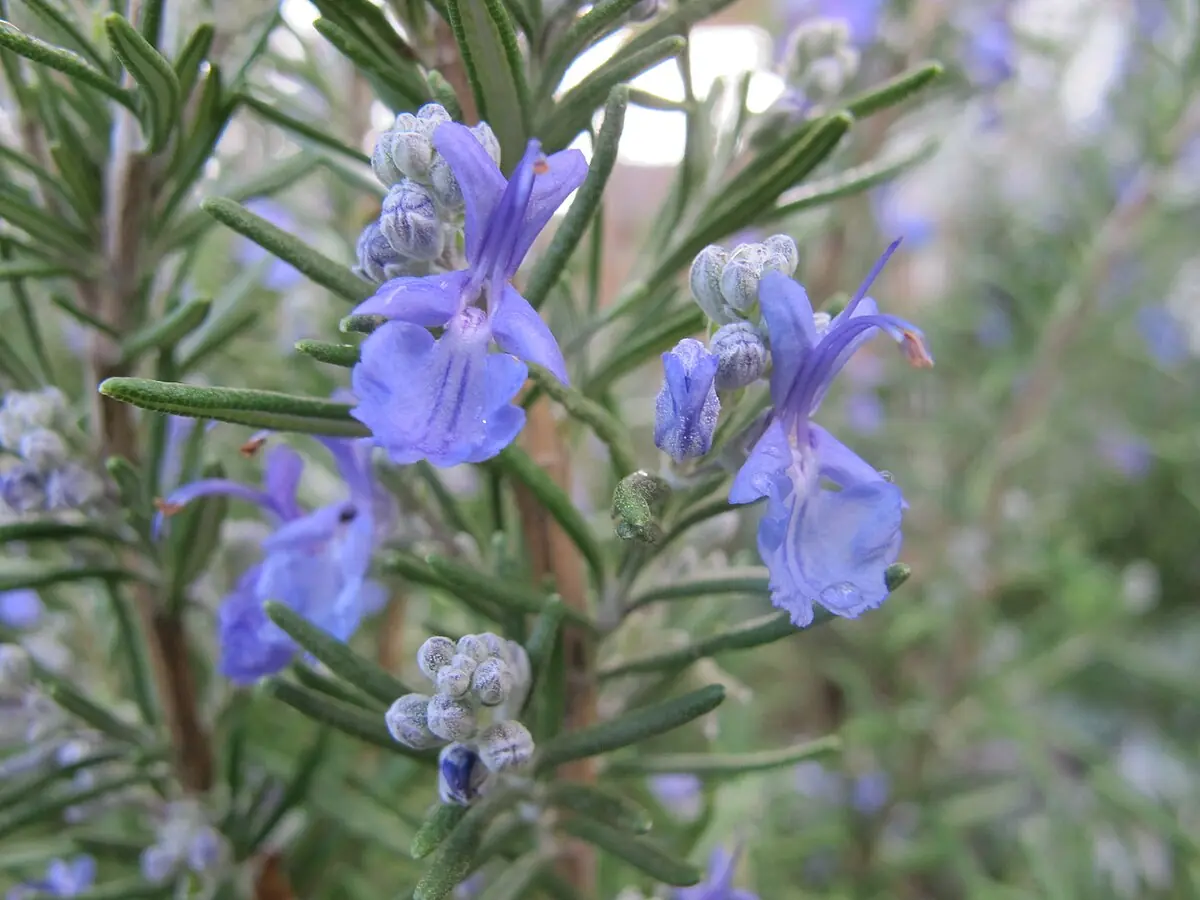
The Secret Power Of The Herb That Helps You Age Gracefully

13 Powerful Benefits of Soursop Leaf Tea

Chayote Juice: A Gentle Natural Ally for Kidney Support and Comfort?

Boost Your Kidney Health with Celery’s Hidden Power

Eat Chia Seeds Daily and THIS Happens to Your Body

This Is What My 63-Year-Old Grandma Drinks Daily for Diabetes, High Blood Pressure, Swollen Feet, and Poor Circulation

12 Amazing Health Benefits of Papaya Flowers: A Jar of Papaya Flowers in Honey Can Help Your Whole Family Anytime

Pumpkin Seeds for Prostate Health: Natural Remedies, Recipes, and Benefits

11 Reasons Why You Should Eat One Garlic Clove Daily

17 Reasons Why You Should Drink Guava Leaf Tea Twice a Week

Want to Be a “Lion in Bed”? Try This Egg, Honey, and Coffee Mix
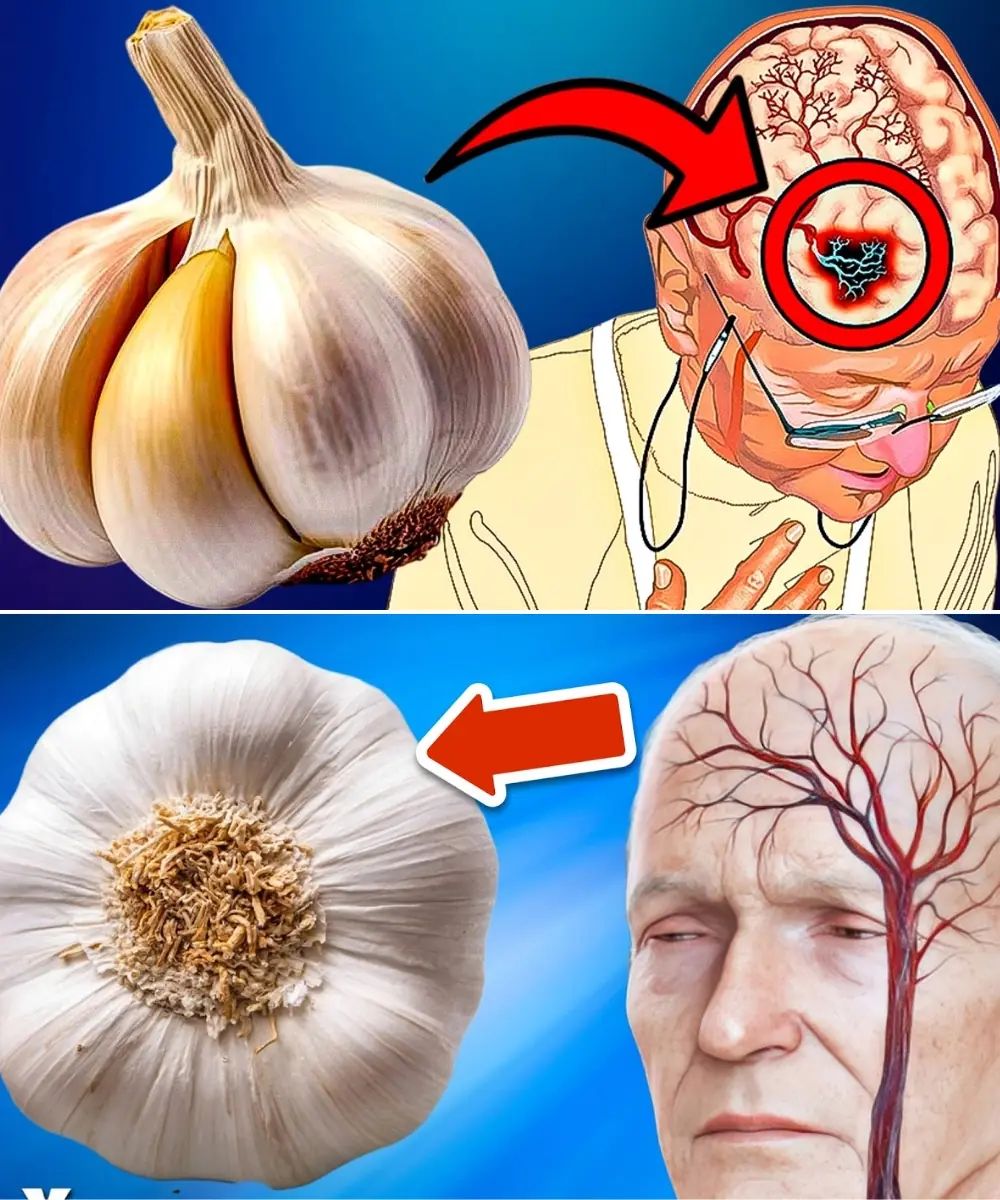
Eat THIS to Protect Your Brain 💥 (Almost NOBODY Knows This)

Eye floaters: what they are and what to do if you notice them, according to an eye doctor
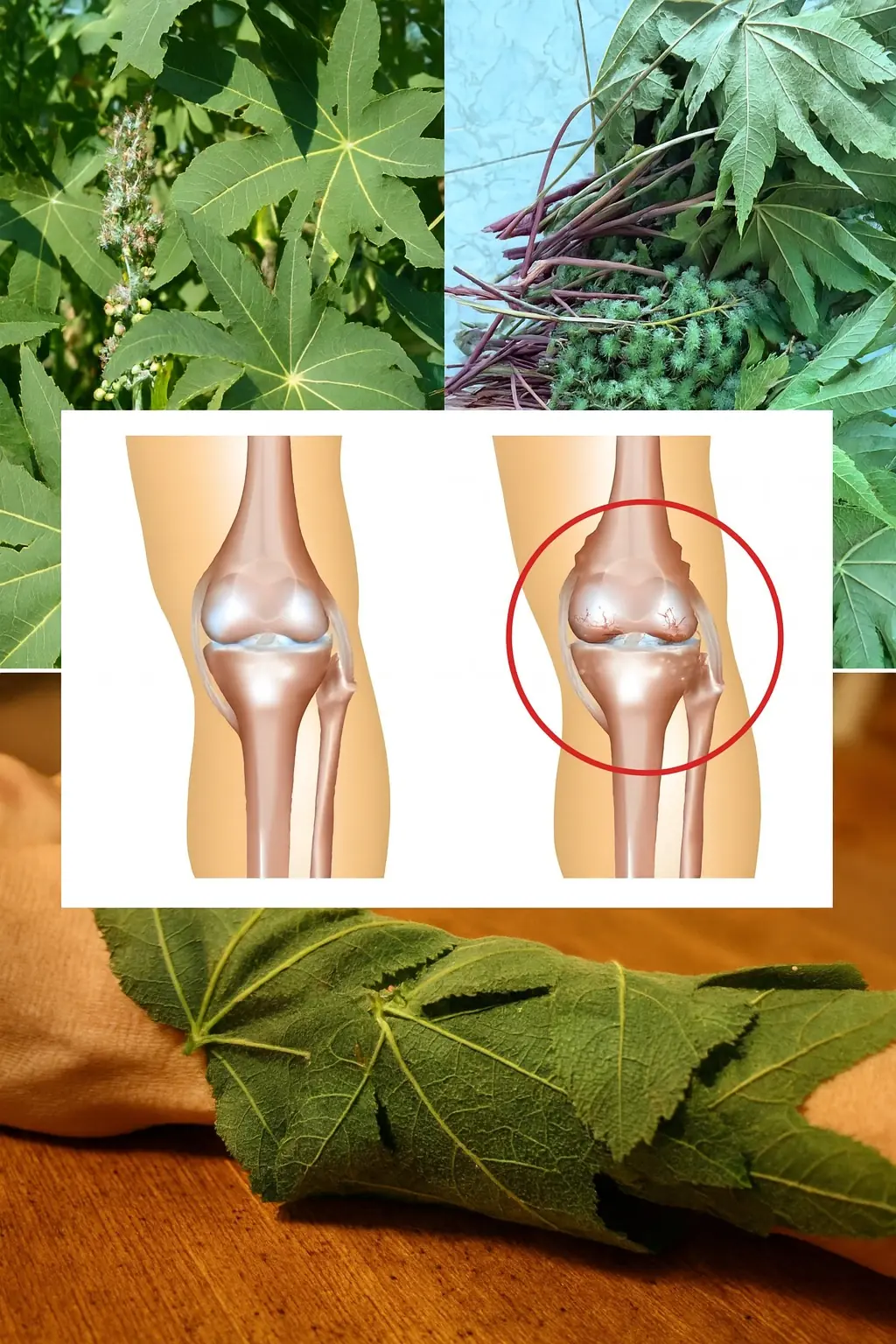
The Hidden Miracle in Your Backyard: The Castor Leaf’s Secret Power for Pain and Inflammation Relief

Boost Your Vitality Naturally: A Daily Drink Recipe for Ageless Energy
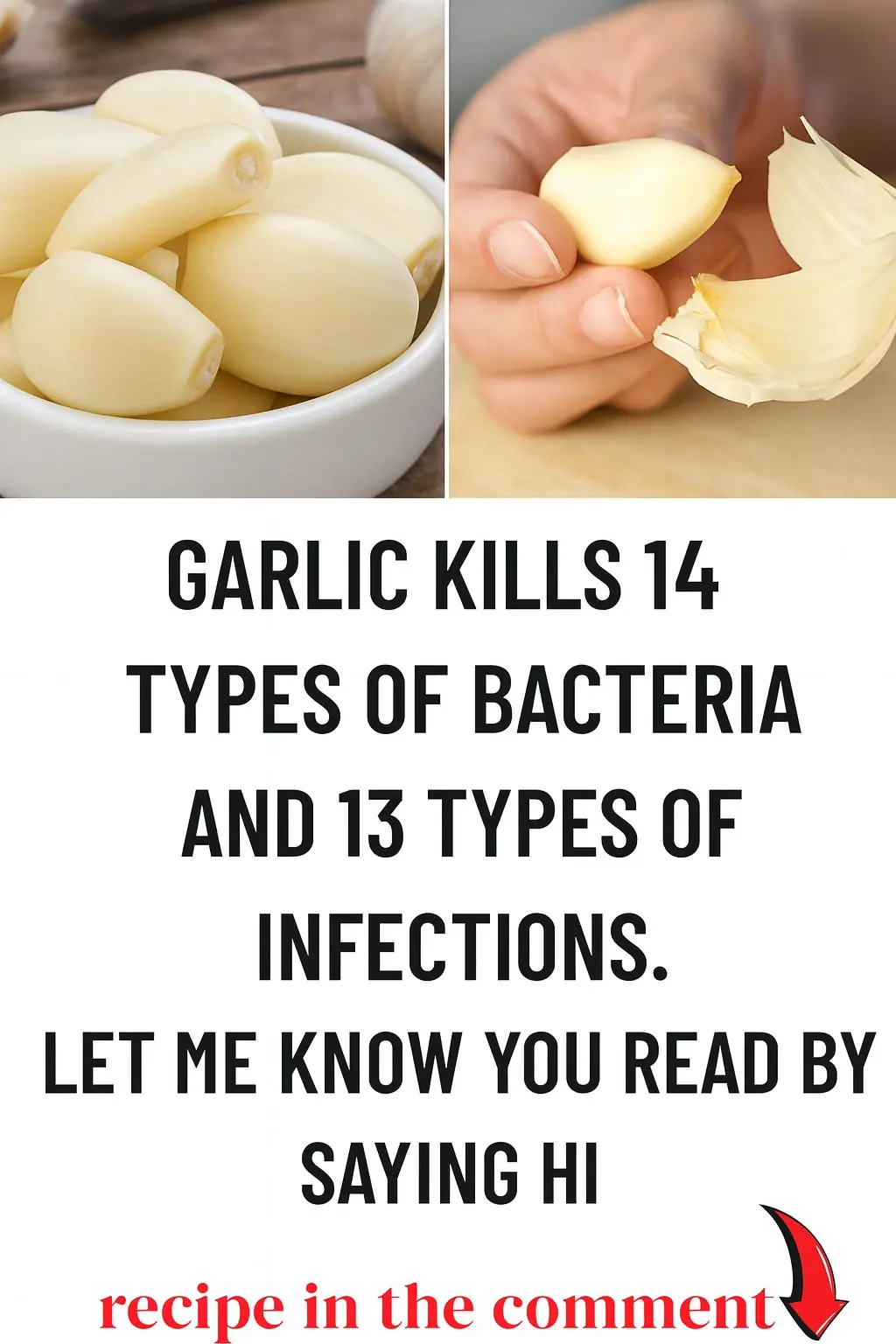
El Garlic: The Natural Antibiotic That Wages War on Infections

Heal Your Thyroid Naturally in Just 3 Days!

